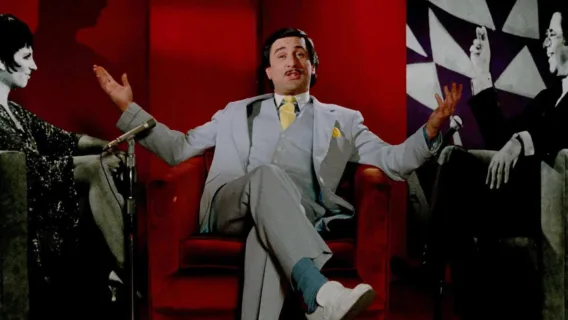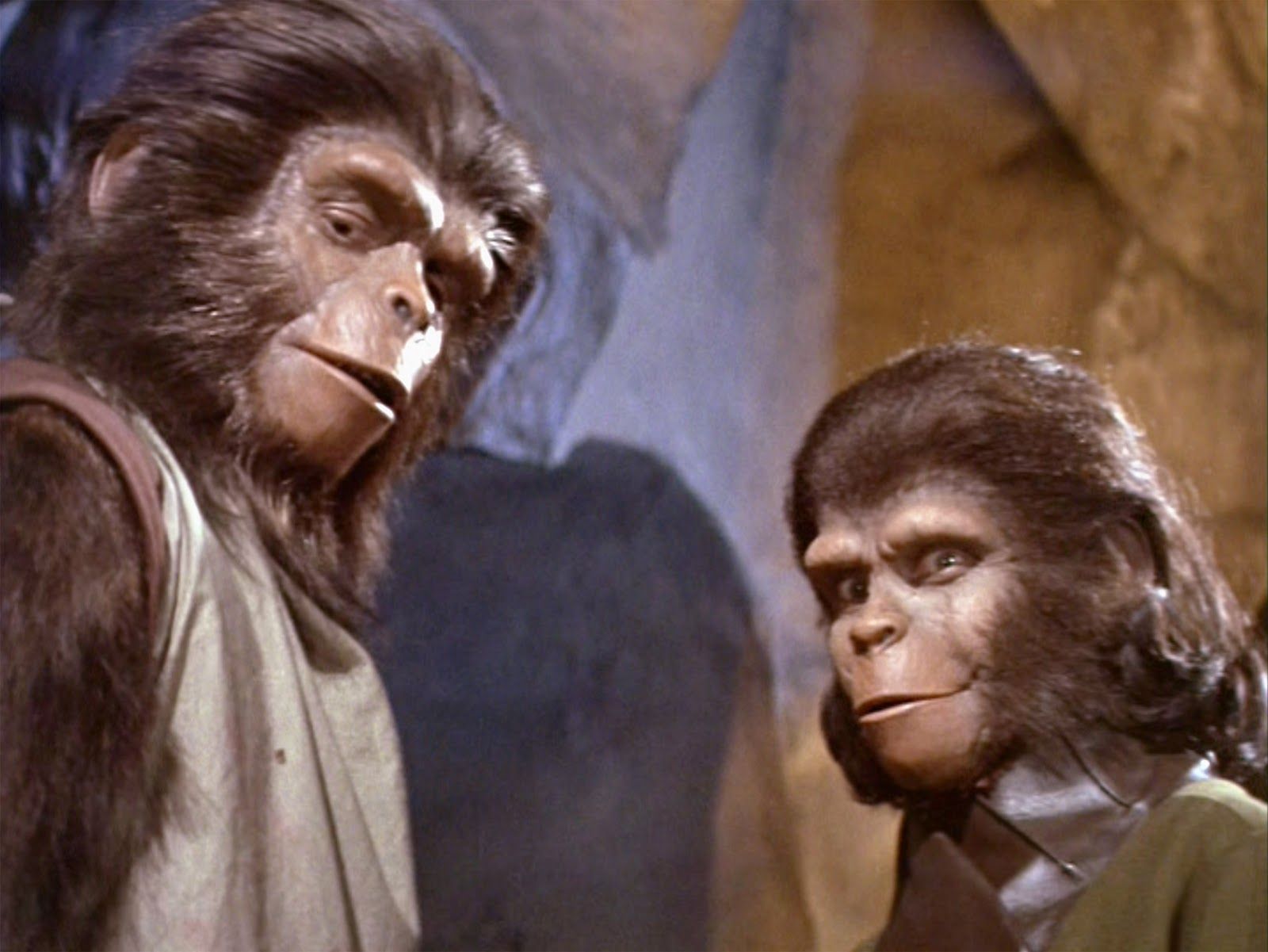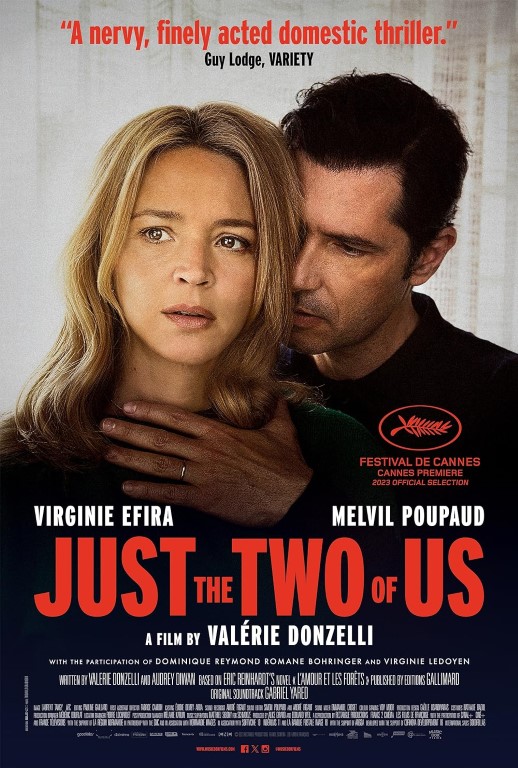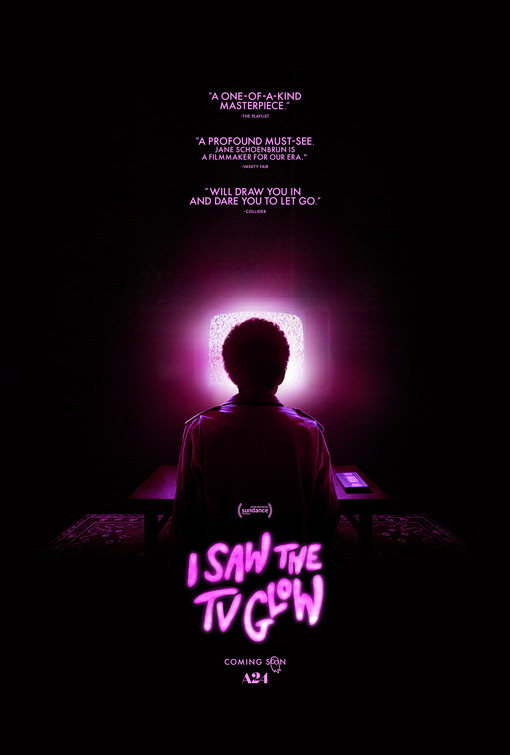“Alice Doesn't Live Here Anymore” occupies a curious spot in Martin Scorsese’s legendary filmmaking career. Sandwiched right between “Mean Streets” (1973) and “Taxi Driver” (1976), this intimate female drama, one that tenderly and sensitively follows its plain heroine’s growth and self-discovery, is quite different from either of those two gritty urban masterpieces. “Alice Doesn’t Live Here Anymore” should be cherished in Scorsese’s filmography as something rare, besides being an excellent character study that still works well after many years.
The story mainly revolves around Alice Hyatt (Ellen Burstyn), a suburban housewife living in New Mexico. As reflected by the striking prologue scene tinged with fantasy and nostalgia, there was a time when she pursued her little aspiration of becoming a successful professional singer, but now she’s stuck with her unloving trucker husband and their willful young son. Despite often not being so happy with her current living condition, she tries her best to make things better for herself as well as her family, but she only gets frustrated again and again, and her only consolation comes from a fellow housewife who has been her best friend.
And then something entirely unexpected suddenly happens. Her husband, unfortunately, dies in a horrible car accident, and Alice finds herself almost penniless as most of their money goes to his following funeral. To support herself and her son, Alice must find any possible way to earn money right now. So she decides to resume her old professional singing career in Monterey, California. While not so confident about her singing ability, she is ready to try her best, and she soon leaves New Mexico with her son after saying a tearful goodbye to her closest friend.
Not so surprisingly, things do not go as well as she wished. Staying in Phoenix, Arizona, Alice searches for any suitable bar where she can be employed and hone her singing skills, but that turns out to be not so easy. At one point, a callous bar owner shows more interest in her body than her actual singing ability, leading to one of the film’s sharpest lines: “Well, look at my face – I don’t sing with my ass.”
Alice gets hired by some other bar owner later, but more trouble comes for her not long after that. When she’s approached by one seemingly charming guy one evening, she’s not particularly interested in him at first, but then she lets herself be charmed by him. When she meets him again, she considers becoming more serious about him, but he soon turns out to be much worse than her husband. Along with Alice, we are slapped with a sudden, brutal moment of violence. Harvey Keitel, who previously worked with Scorsese in “Who’s That Knocking My Door” (1967) and “Mean Streets,” is simply frightening in his brief but undeniably intense appearance.
Shortly after she and her son hurriedly move to Tuscon without looking back, Alice decides to put aside her aspiration for a while due to their current poor financial status and begins to work as a local diner waitress. Although she struggles a lot on her first day at the diner, she gradually gets accustomed to her new job, mainly thanks to Florence (Diane Ladd), one of the two other waitresses.
Around that point, the screenplay by Robert Getchell slowly settles with its heroine while further fleshing out several different characters around her. As the usual customers of the diner come and go during its opening hour, the diner frequently brims with vivid and realistic sense of life. We also get to observe more of the colorful personalities of Alice’s colleagues. My favorite moment involves Vera (Valerie Curtin), a shy and neurotic waitress who, to our little amusement, turns out to be more spirited than she seems on the surface.
When David (Kris Kristofferson), one of those usual customers, tries to court Alice, she understandably hesitates. But she soon finds herself attracted to him as getting to know him more. After spending more time with him, she considers living with him because he seems to be much better than her husband or that horrid guy. However, she still wants to pursue her dream as before, and she keeps hesitating between her aspiration and the possible new love in her life.
Getchell’s screenplay then glides to an unexpectedly funny and touching scene between Alice and Florence. As a brash but no-nonsense woman, Florence gives honest advice to Alice, and Alice indeed follows Florence’s sensible words when she has to make an important choice for her life. Her eventual choice can be regarded as a compromise, but she makes that choice on her terms. The last shot of the film slyly implies to us that, regardless of whatever happens next, there are still a lot of possibilities in front of her.
Scorsese was technically a hired hand in the case of “Alice Doesn’t Live Here Anymore,” but he was willing to demonstrate that he could be a fairly good mainstream filmmaker, and he turned out to be the right director for the movie as Burstyn felt after seeing “Mean Streets.” To subtly convey Alice’s unsettled status, he and his cinematographer Kent L. Wakeford seldom let the camera become static throughout the film, and that also brings considerable verisimilitude to the screen. In addition, Scorsese often encouraged improvisation among his cast members, and they accordingly look natural and spontaneous in their interactions on the screen.
While she will always be remembered for “The Exorcist” (1973) and “Requiem for a Dream” (2000), Burstyn gave many other stellar performances, including her breakthrough supporting turn in “The Last Picture Show” (1971) and “Alice Doesn’t Live Here Anymore” is one such highlight in her respectable acting career. Effortlessly embodying her character’s ordinary but palpable human qualities, she subtly illustrates her character’s gradual growth and development. She deservedly received a Best Actress Oscar for her work in this film. (A small piece of trivia: Because Burstyn could not come to the ceremony at that time, Scorsese came instead, so that was the first time he went up to the stage to receive an Oscar, though he had to wait for more than 30 years for winning the one for himself at last).
Other prominent cast members inject an extra dose of life and personality into Scorsese’s movie. While Diane Ladd received her first Oscar nomination for her scene-stealing supporting performance, Valerie Curtin, Vic Tayback, and Kris Kristofferson are also believable as the more colorful figures in the diner. Alfred Lutter, who plays Alice’s occasionally unruly son, holds his little place well opposite Burstyn. Later in the story, Lutter has a couple of humorous scenes with a tomboy girl who is played by none other than young Jodie Foster. You may also be able to spot young Laura Dern, who briefly plays a girl eating an ice cream cone in the movie.
Although it’s relatively modest compared to many of Scorsese’s great films ranging from “Mean Streets” to “Silence” (2016), “Alice Doesn’t Live Here Anymore” shows a more sensitive side of Scorsese’s peerless talent, as he would also in “The Age of Innocence” (1993) and “Hugo” (2011). Even in the ’70s, Scorsese had the willingness to go outside his artistic comfort zone. When Burstyn approached him before the film production began, she asked him what he knew about women, and he replied, “Nothing, but I’d like to learn.” As far as I can see from the film, he learned a lot, and he certainly did his best from that.











